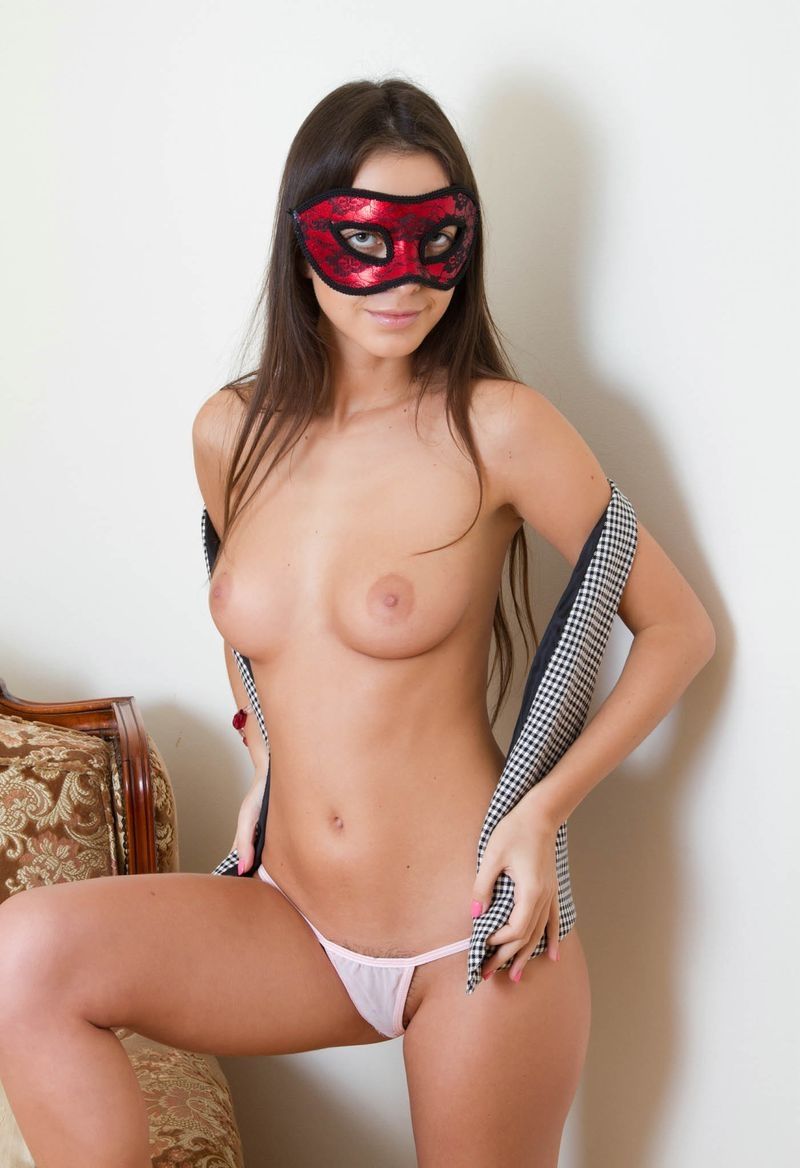|
|
Young Brunette Girl With A Mask Reveals On The Antique Chair
|
Masks in theatre
Masks play a key part within world theatre traditions, particularly non-western theatre forms. They also continue to be a vital force within contemporary theatre, and their usage takes a variety of forms.
In many cultural traditions the masked performer is a central concept and is highly valued. In the western tradition it is sometimes considered a stylistic device which can be traced back to the Greeks and Romans. In some Greek masks the wide and open mouth of the mask contained a brass megaphone enabling the voice of the wearer to be projected into the large auditoria. In medieval Europe masks were used in mystery and miracle plays to portray allegorical creatures, and the performer representing God frequently wore a gold or gilt mask. During the Renaissance masques and ballet de cour developed - courtly masked entertainments that continued as part of ballet conventions until the late eighteenth century. The masked characters of the Commedia dell'arte included the ancestors of the modern clown. In contemporary western theatre the mask is often used alongside puppetry to create a theatre which is essentially visual rather than verbal, and many of its practitioners have been visual artists.
|
|









